Super App Fit Calculator
How well do super apps match your needs?
This calculator helps you determine if a financial super app would be a good fit for your lifestyle based on your current financial habits.
Most people still juggle five or six different apps just to manage their money. One for bank transfers, another for investing, a third for splitting bills, maybe a fourth for budgeting, and a fifth for paying at the store. It’s messy. It’s slow. And it’s getting worse as each app adds more features without making your life easier.
Enter the financial super app - a single mobile platform that does it all. Not just payments. Not just savings. But banking, investing, insurance, loans, even shopping and social features - all in one place. This isn’t science fiction. It’s happening right now, and it’s reshaping how people interact with money.
What Exactly Is a Financial Super App?
A financial super app isn’t just another banking app with extra buttons. It’s a full ecosystem. Think of it like your smartphone’s operating system, but for your money. You open it once, and everything you need is there: pay a friend, check your stock portfolio, get a loan, buy groceries, track your carbon footprint, or even book a doctor’s appointment - all without leaving the app.
The core idea is simple: stop forcing users to switch between apps. Instead, build a central hub where financial and lifestyle services connect seamlessly. This isn’t just about convenience. It’s about data. When an app knows how much you spend on groceries, when you get paid, who you send money to, and what you invest in, it can give you real advice - not generic tips. It can warn you before you overspend. It can suggest a better savings plan based on your habits. It can even approve a loan in minutes because it already understands your financial behavior.
Platforms like Alipay and WeChat Pay in China started as payment tools. Now, they’re the primary way over 1.2 billion people manage their finances. In Brazil, NuBank and PicPay combine banking with social features, turning money transfers into something people actually enjoy. In Latin America, Mercado Pago ties payments directly to Mercado Libre’s massive e-commerce network, letting users shop, pay, save, and borrow - all without opening another app.
How Super Apps Are Different From Regular Finance Apps
Traditional finance apps are like specialized tools. A budgeting app helps you track spending. A stock app lets you trade. A payment app lets you send money. They’re good at one thing. But they don’t talk to each other.
Super apps are different. They’re built like platforms. They have a core function - usually payments - and then they open up to let other services plug in. These are called mini-apps. You don’t download them. You don’t log in again. You just tap into them inside the main app. Need to buy insurance? There’s a mini-app for that. Want to invest in ETFs? Another one. It’s like having a digital mall inside your phone, run by one company.
This model creates something rare in finance: stickiness. People don’t just use super apps occasionally. They live in them. Deloitte found that users in Asia spend 12 to 15 minutes per session on super apps. Compare that to 3 to 5 minutes on a typical banking app. Why? Because it’s not just finance - it’s life. You pay your friend, chat about the weekend, buy concert tickets, and check your savings balance - all in one place.
And the data advantage? Huge. Super apps collect more behavioral data than any single bank or brokerage. That means better fraud detection. Visa reported a 47% drop in fraudulent transactions in Latin American super apps because their AI models learned patterns no single app could see. They know if your usual coffee purchase suddenly jumps to $500 - and they can block it before you even notice.
Why Super Apps Took Off in Asia - and Are Coming to the West
Super apps didn’t start in the U.S. or Europe. They exploded in China, India, and Southeast Asia. Why? Because those markets skipped the old banking system entirely. Millions of people never had a checking account. But they had smartphones. So they went straight to mobile-first finance.
In China, Alipay and WeChat Pay cover 95% of mobile internet users. In India, Paytm started as a payment app and now offers mutual funds, gold, and even utility bill payments. In Brazil, NuBank became the country’s largest bank - not by opening branches, but by building a super app that felt like a social app.
Western markets are catching up - slowly. The problem? Regulation. In the U.S. and Europe, banks, payment processors, insurers, and investment firms are licensed separately. You can’t just combine them under one roof without jumping through legal hoops. Facebook’s Novi wallet failed in the U.S. because regulators didn’t trust a social media company handling money.
But that’s changing. Traditional banks are partnering with fintechs instead of fighting them. Bank of America now offers investment tools inside its app. Société Générale in France is testing mini-apps for insurance and loans. Revolut, though still fragmented, is adding crypto and stock trading. Even Venmo, once just a way to split dinner bills, now lets users share investment performance on its social feed - a feature that boosted engagement by 34%.
The real shift isn’t in technology. It’s in expectation. Users now expect their financial apps to be as easy as Instagram. If your bank app feels like a 1990s website, you’ll switch - even if it’s not technically “better.”
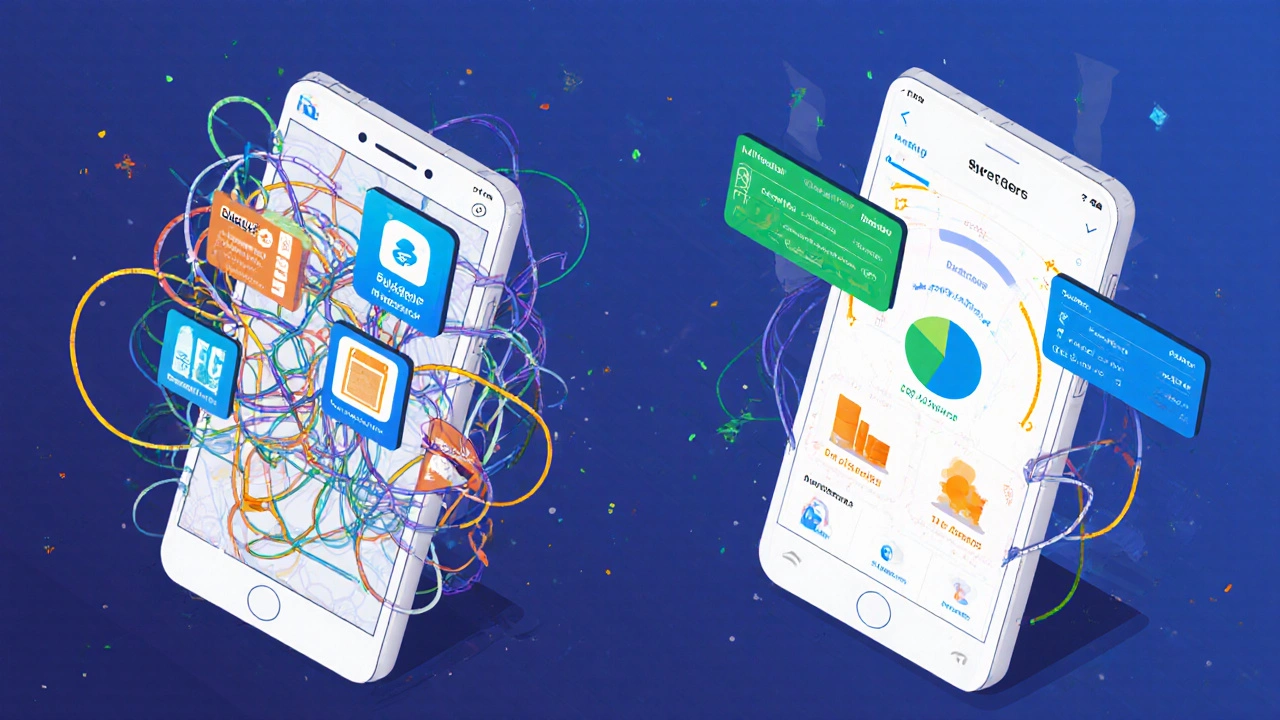
The Hidden Costs: Privacy, Complexity, and Systemic Risk
Super apps aren’t perfect. And they’re not for everyone.
One big complaint? Overwhelm. NuBank has a 4.2-star rating on the App Store - but 32% of negative reviews say the interface is too crowded. People love the features. But when you put banking, investing, shopping, and social feeds all on one screen, it can feel like a mess. Deloitte found that 65% of new users feel lost at first. It takes 60 days for most to feel comfortable.
Then there’s privacy. Super apps thrive on data. They need to know your spending, your contacts, your location, your income. In China, users accept this. In the U.S. and Europe, they don’t. GDPR in the EU and CCPA in California make it harder to collect and combine data across services. That’s why Western super apps struggle to match the personalization of their Asian counterparts.
And then there’s risk. If one super app goes down, millions of people lose access to their money. In 2021, Alibaba’s infrastructure outage took Alipay offline for hours. Over 120 million users couldn’t pay for anything - no groceries, no transit, no bills. No backup. No alternative. That’s the downside of centralization.
Professor David Weisburd from Harvard warns this creates systemic risk. “You’re putting all your financial eggs in one basket,” he says. “If that basket cracks, the whole economy feels it.”
Who Benefits Most - And Who Gets Left Behind
Super apps are a game-changer for the underbanked. In Latin America, Mercado Pago helped 58 million people get access to financial services for the first time. They didn’t need a credit history. They didn’t need a bank branch. They just needed a phone and a Mercado Libre account. The app used shopping behavior to assess creditworthiness - something no traditional bank would do.
It’s the same in Africa, where mobile money platforms like M-Pesa are evolving into super apps. People can now pay school fees, buy airtime, get microloans, and even save for emergencies - all from a basic phone.
But what about older users? Or people who don’t trust tech companies with their money? Or those who prefer human advisors? Super apps aren’t built for them. They’re optimized for young, mobile-native users who want speed, not sermons.
That’s why some banks are taking a hybrid approach. They’re letting super apps handle the routine stuff - payments, alerts, transfers - while keeping human advisors for complex decisions like retirement planning or estate taxes.

What’s Next? The Future of Super Apps in Finance
The next wave of super apps will be smarter. Not just more features - but deeper intelligence.
Alipay already tracks your carbon footprint based on your spending. Mercado Pago now uses AI to score credit for people with no banking history. NuBank plans to add cryptocurrency by mid-2024. Visa is working with super apps to let you pay across platforms - so you can send money from your Mercado Pago app to someone using Revolut, without needing to convert currencies or pay fees.
But the biggest change won’t be technical. It’ll be cultural. In five years, asking “Which bank do you use?” will sound as old-fashioned as asking “Which phone company do you use?”
People won’t care if their money is held by a bank or a tech company. They’ll care if the app works. If it’s fast. If it understands them. If it saves them time.
The winners won’t be the biggest banks. They’ll be the ones who build the most intuitive, trusted, and useful platforms. And that’s not about technology. It’s about empathy.
Is a Super App Right for You?
Ask yourself:
- Do you hate switching between apps to manage your money?
- Do you want personalized advice, not generic tips?
- Do you shop online, pay bills, and send money to friends often?
- Are you comfortable letting one company see most of your financial activity?
If you answered yes to the first three and are okay with the last one - you’re already using a super app. You just might not know it yet.
Start by checking if your current bank or payment app has mini-apps or integrated services. Try using them. Give it 60 days. You might find you’re spending less time managing money - and more time living.
What makes a financial app a "super app"?
A financial super app integrates multiple services - like banking, payments, investing, insurance, and even lifestyle features - into one platform. Unlike traditional apps that do just one thing, super apps act as ecosystems, letting users access mini-apps without leaving the main app. They rely on centralized data to offer personalized insights and reduce friction across financial tasks.
Are super apps safe to use?
Leading super apps use strong security: biometric login, multi-factor authentication, and AI-driven fraud detection. Visa reported a 47% drop in fraud in Latin American super apps because their systems spot unusual patterns faster than traditional banks. But because they collect so much data, they’re also high-value targets. Users should always enable security features and avoid sharing login details.
Why aren’t super apps as popular in the U.S. as in Asia?
Regulation is the main barrier. In the U.S. and Europe, financial services require separate licenses for banking, payments, and investing. That makes it hard for one company to offer everything. Privacy laws like GDPR and CCPA also limit how much data companies can collect and combine. In contrast, Asian markets had fewer legacy systems and more flexible rules, letting super apps grow faster.
Can I trust a super app with my money?
Yes - if it’s regulated. Apps like NuBank, Revolut, and Mercado Pago are licensed financial institutions, not just tech companies. Your money is protected under local laws (like FDIC insurance in the U.S. or similar protections in Brazil). But if you’re using a non-regulated mini-app within a super app, check who’s behind it. Stick to services offered directly by the main platform or verified partners.
Do super apps cost more than regular apps?
Most core services - like sending money or checking balances - are free. Some advanced features, like premium investment tools or currency exchange, may have fees, but they’re often cheaper than traditional banks because super apps cut overhead. The real cost isn’t money - it’s privacy. You’re trading detailed financial data for convenience.
What’s the biggest advantage of using a super app?
Time. Super apps save you hours every month by eliminating app-switching, duplicate logins, and manual data entry. Instead of opening five apps to pay a bill, check your balance, send money, track spending, and invest - you do it all in one place. That’s not just convenience. It’s a real productivity boost.
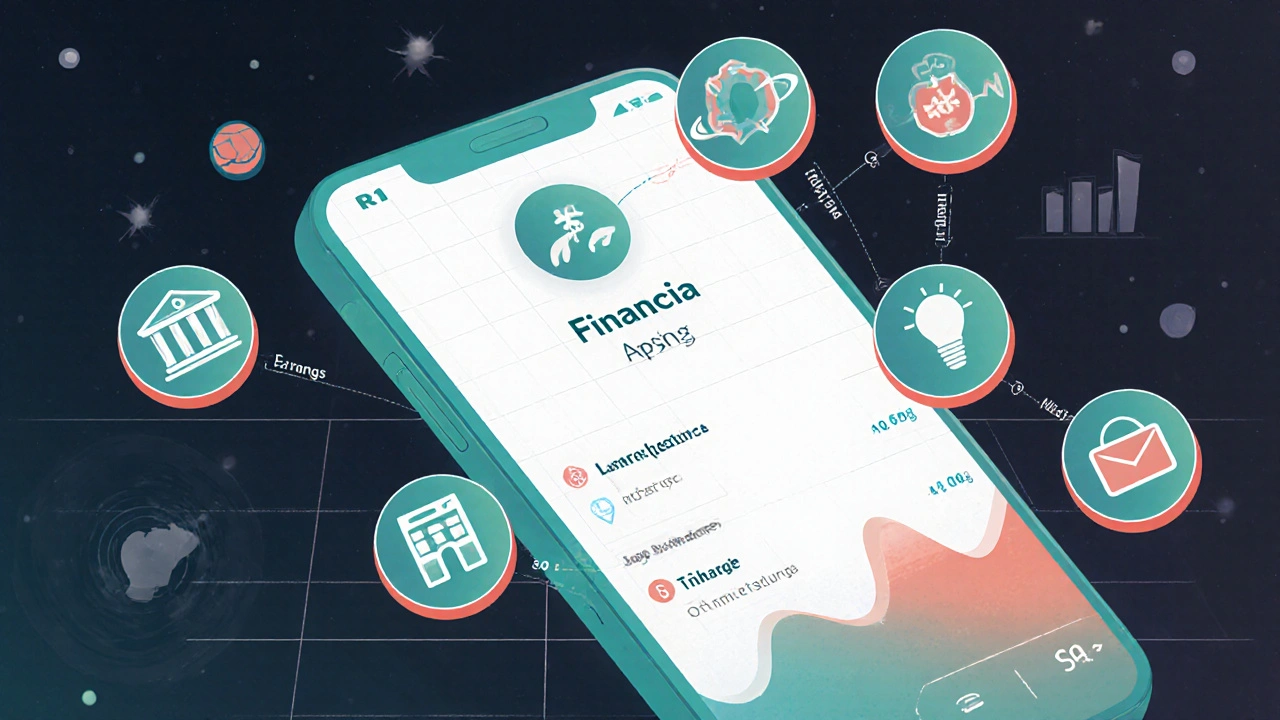
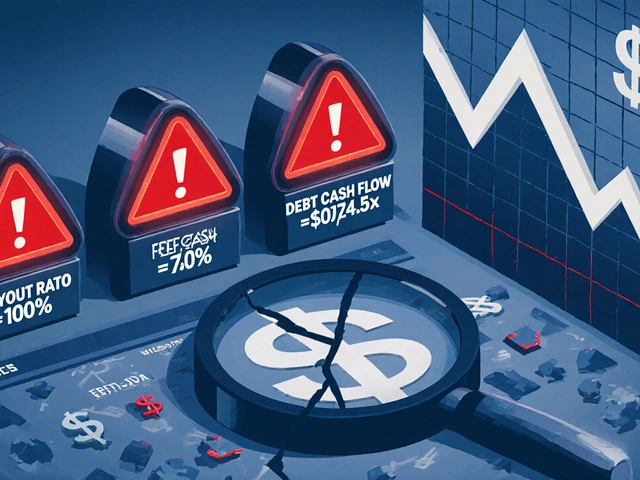
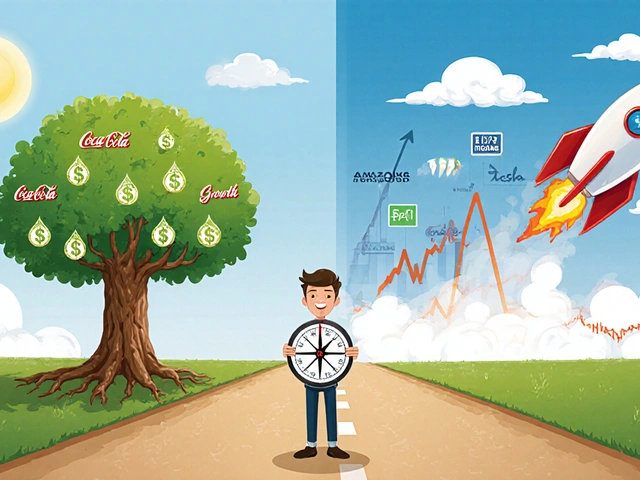

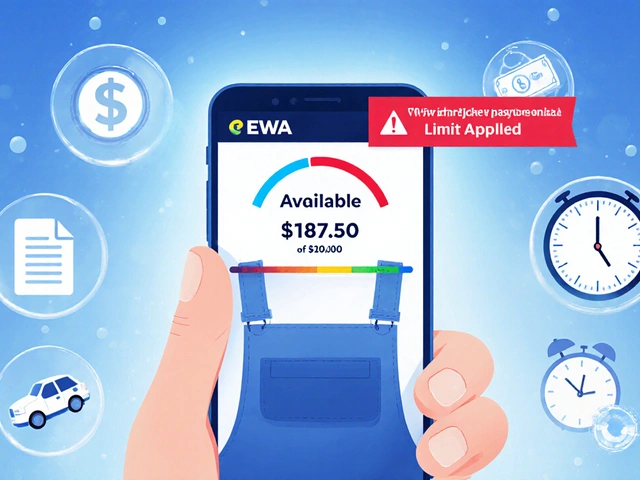
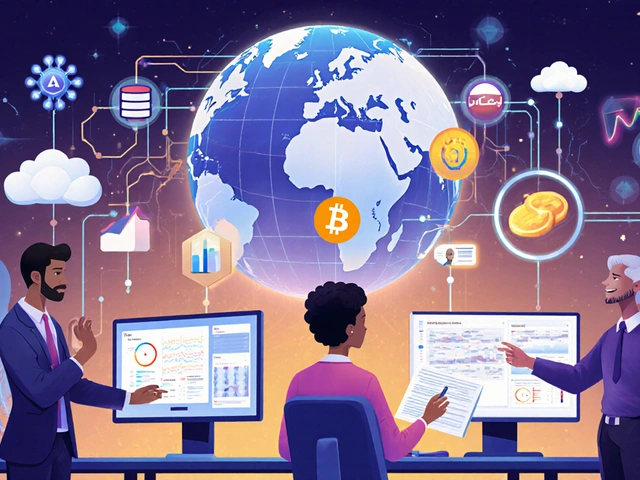
Laura W
November 10, 2025 AT 01:25Bro, super apps are the future and you know it. We’re living in a world where your phone does your taxes, buys your groceries, and tells you when to invest - all before your coffee gets cold. Why the hell are we still juggling five apps like it’s 2012? NuBank in Brazil isn’t just banking - it’s a lifestyle OS. You pay your friend, check your portfolio, and book a dentist appointment without leaving the app. It’s not convenience. It’s cognitive offloading. And the data? That’s the real gold. AI doesn’t need your credit score when it knows you buy ramen every Tuesday and tip 20% at brunch. That’s predictive finance, baby.
Graeme C
November 11, 2025 AT 18:08Let me be perfectly clear: the notion that super apps are ‘revolutionary’ is a catastrophic misreading of financial infrastructure. The centralization of financial data under a single corporate entity - often unaccountable, profit-driven, and opaque - is not innovation, it’s systemic vulnerability. You cite Alipay’s 47% fraud reduction? Fine. But what happens when that same AI misclassifies your ‘irregular’ coffee purchase as ‘fraud’ because you went to a new café? No human recourse. No appeal. No transparency. And under GDPR, this model is legally untenable in Europe. We don’t want convenience. We want sovereignty over our own financial identity. This isn’t progress - it’s feudalism with a UI.
Astha Mishra
November 12, 2025 AT 14:09Dear friends, I come from a land where mobile money was not a luxury but a lifeline - where M-Pesa became the bank for millions who had never seen a branch. In India, we watched Paytm evolve from a recharge app to a full financial ecosystem, and yes, it was messy at first - cluttered, overwhelming, confusing. But here is the truth: the super app is not merely a tool, it is an act of inclusion. For the street vendor without a credit history, for the single mother who pays school fees via QR, for the migrant worker who sends home remittances without a bank account - this is not about convenience. It is about dignity. The West fears data because it has never known the terror of being invisible to the system. In Asia, Africa, Latin America - we did not skip the banking system. We skipped the exclusion. And if the interface is crowded? So is life. We learn to navigate it. We do not demand it be simplified to suit the comfort of those who never had to fight for access.
Kenny McMiller
November 13, 2025 AT 13:31Look, I get it - super apps are basically financial TikTok. You swipe left to pay your rent, swipe right to buy a bond, and accidentally invest in crypto because the algorithm thinks you like ‘financial freedom’ memes. But here’s the kicker: the real value isn’t in the features, it’s in the behavioral data layer. Banks don’t know you’re about to get laid off because your Uber earnings dropped 40% last month. Super apps do. They see your spending patterns, your social habits, your sleep schedule (via app usage). That’s not surveillance - that’s hyper-personalized financial intelligence. And yeah, it’s creepy. But so is Amazon knowing you need toilet paper before you do. The difference? This is your money. And if you’re not using it to optimize your life, you’re letting a 19th-century institution run your 21st-century finances. Just sayin’.
Dave McPherson
November 15, 2025 AT 07:37Oh wow. Another LinkedIn post dressed up as an essay. Let me grab my monocle and my copy of ‘Fintech for Dummies’ - because clearly, someone thinks slapping ‘mini-apps’ on a banking interface is innovation. Newsflash: if your app looks like a 2008 MySpace profile with 17 floating buttons and a TikTok feed for ‘financial wellness,’ you’re not a super app - you’re a digital hoarder. And don’t even get me started on ‘data-driven advice.’ My grandma’s financial advisor didn’t need to know I bought a $4 latte to tell me I shouldn’t buy a Lamborghini. You’re not helping people. You’re gamifying debt and monetizing anxiety. And calling it ‘empathy’? Please. The only empathy here is the kind you feel when you realize you just spent 45 minutes trying to find your savings account inside a maze of crypto widgets and influencer endorsements. Wake up. This isn’t the future. It’s a tech bro’s fever dream with a 4.2-star rating and a lawsuit waiting to happen.